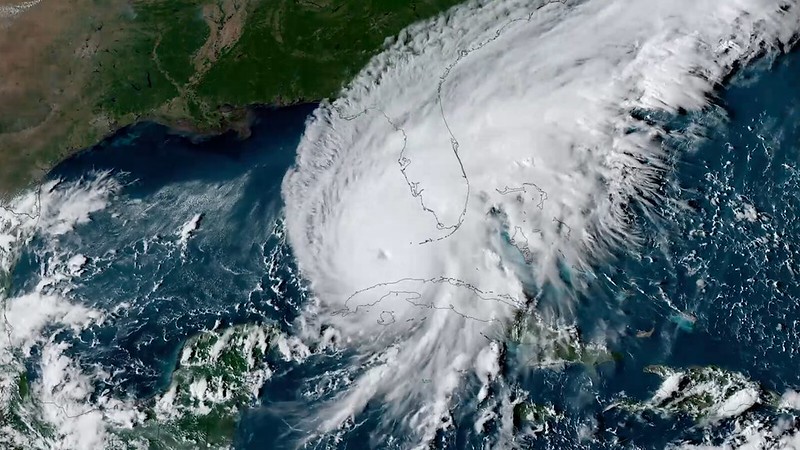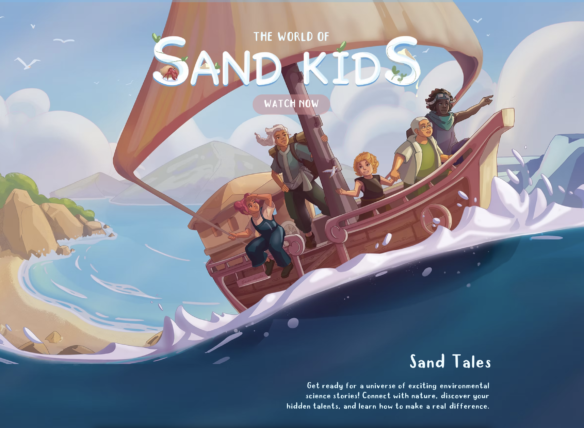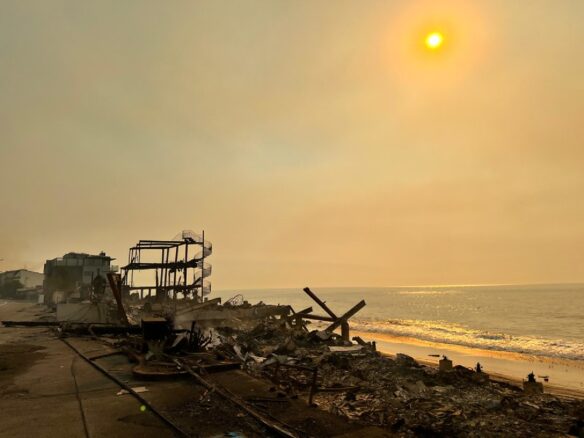Hurricane Ian has taken a huge toll on Florida and the Carolinas. This was a massive and destructive event by any measure. Hurricanes are classified by their wind speeds, with Category 5 as high as the scale goes, meaning wind speeds of 157 miles/hour or greater. While Ian was classed as Category 4, wind speeds reached 155 mph. Whether 4 and 5, either will result in catastrophic damage and the many photographs of destruction show what catastrophic damage really is.
As Ian came ashore it ripped roofs off and then flattened houses, completely obliterated mobile homes, uprooted trees and threw large boats onto docks and into backyards. Based on damage and fatalities, it will almost certainly be ranked as one of the United States’ most powerful storms. The information collected to date indicates Ian is shaping up to be the deadliest storm to hit Florida since 1935.
Wind damage is one major hazard along with extreme rainfall, but storm surge was the largest threat when Ian made landfall. It’s still not completely clear how high above the predicted tide the waters actually reached, but one account has listed 18 feet! When the hurricane hit Sanibel Island, on the west coast of Florida, water levels pushed inland quickly with the height of the water going from street level to the height of a stop sign in less than 30 minutes. Stop signs are generally higher than people, even tall people. Many people who chose not to evacuate were trapped in their homes. Storm surge was essentially water from the Gulf of Mexico blown onshore by exceptionally high winds, aided by waves and low atmospheric pressure, allowing the water to rise. Sanibel Island, with a year-round population of 7,500, was completely cut off from the mainland when the causeway to the island was destroyed. The town of Fort Meyers was nearly completely demolished as homes and businesses were decimated.
As of October 6, there had already been over 120 fatalities confirmed by the media, most of whom drowned. But there were still many people unaccounted for and more were being found as crews went from door to door searching for survivors. Older Americans were again shown to be more vulnerable to natural disasters with the overwhelming majority of Hurricane Ian’s victims 70 or older, with nearly 21% in their 80s and about 5% in their 90s.
There are some important lessons from Hurricane Ian that we need to think seriously about before we start into yet another cycle of federal aid and rebuilding in the same areas again. Hurricanes are getting more powerful as the oceans continue to warm. It is the evaporation from the warmer ocean waters and the subsequent atmospheric circulation and winds that produce these hurricanes with their associated heavy rainfall and storm surges. They aren’t going away and if anything, all indications are that they will become even more powerful.
The federal government and states have repeatedly provided incentives to build back in the same places rather than relocate. The homeowners understandably want to reclaim their land and rebuild their homes. But is this the smartest thing to do and would this continue without federal subsidies and encouragement?
Southwest Florida, where Ian made a direct hit, was smacked in nearly the same location by Hurricane Charley in 2004, also a Category 4 event causing major damage. The federal government historically has spent billions of dollars assisting with the building of new infrastructure (roads, bridges, water and sewer lines, for example), in repeatedly damaged areas. Fortunately, the national flood insurance program as well as private insurers are finally realizing that these are not cost-effective programs in these locations. Rates are going up and some private insurance companies are closing up shop, as these are losing propositions. The most recent estimates indicate that insured flood losses in Florida from Ian will be between $30 to $48 billion but that there will be $10 to $16 billion in uninsured losses.
When hurricane season started on June 1 of this year, there were projected to be about 53,000 Florida homeowners who would be looking for property insurance as it was expected that three state-based insurers in hazardous financial conditions were going to shed policies. A number of corporate insurers have left the state in recent years due to continuing losses, $1.7 billion in 2020 alone. The Florida Office of Insurance Regulation reported it approved 105 property insurance rate changes in 2020, including 90% for increases and 55 for increases above 10%.
It’s been said that there are two kinds of people, those that make mistakes and those that make the same mistakes twice. We must learn from these disasters and tragedies and not rebuild again in the same hazardous areas that will only increase future risks on a planet that continues to get warmer. While sad, we need to face a changing reality.









